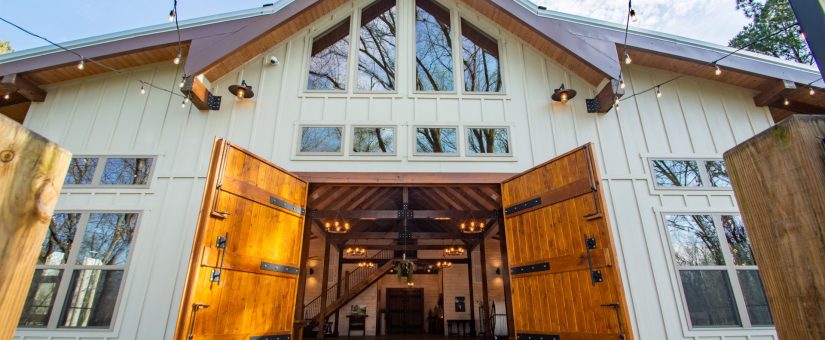
Log Homes: A Perfect Blend of Tradition and Efficiency
- On September 9, 2024
Log homes stand out as a remarkable fusion of traditional aesthetics and modern energy efficiency. The natural materials involved in log home construction play a significant role in enhancing energy efficiency, making these unique dwellings more sustainable than conventional homes.
Understanding Energy Efficiency in Log Homes
The primary question homeowners often ask is: “Are log homes energy efficient?” The answer lies in the distinct characteristics of log houses. Log homes utilize solid wood, which offers natural insulation properties. This natural insulation is crucial for reducing heat flow, leading to less energy consumption compared to stick-built structures.
The Role of Thermal Mass and Insulation
The thermal mass provided by solid log walls greatly contributes to the energy efficiency of these homes. This property allows log walls to store heat from the sun or internal sources during the day and slowly release it when temperatures drop. The R-value of the materials used also affects the insulation capability of log homes. Unlike drywall used in conventional homes, solid wood has impressive thermal resistance and conductivity properties.
Choosing the Right Building Materials
Selecting appropriate building materials can significantly impact the overall efficiency of log home living. Softwoods are commonly preferred for their balance between durability and insulation capabilities. Additionally, chinking and caulking help prevent air infiltration by sealing gaps between logs, mitigating potential air leaks which can lead to heat loss.
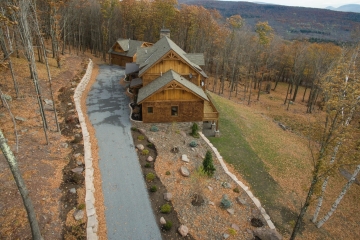
Addressing Building Energy Codes and Standards
Adherence to current building codes ensures that on-site log cabin constructions meet necessary guidelines for energy efficiency. Both national regulations like those from the Department of Energy and insights from bodies such as the National Association of Home Builders influence these standards. Log home builders adhering to these regulations ensures that not only does your home align with sustainable practices but also maximizes its energy savings potential.
Design Enhancements for Energy Efficiency
Effective home design strategies can further optimize a log home‘s energy performance. By integrating design elements that reduce exterior wall exposure or improve air circulation within solid log walls, homeowners can experience improved comfort levels with reduced energy consumption. The National Bureau of Standards reports that log homes can reduce energy consumption by 30% compared to traditional stick-built homes.
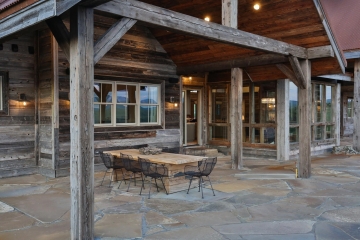
Comparing Log Homes to Conventional Homes
Unlike typical stud wall designs found in conventional homes, log cabins offer unique benefits due to their construction system. While traditional homes rely heavily on additional insulation materials to enhance performance, timber homes inherently possess superior attributes stemming from their solid wood construction.
The Impact of Climate on Log Siding Home Construction:
For those new to home planning or construction, understanding climatic influences on design and building is crucial. When constructing a log siding home, factors influenced by climate include:
- Humidity levels
- Rainfall frequency and amount
- Sunlight intensity and exposure
- Year-round temperature fluctuations
- Wind speed and direction
Every state has varying degrees of these natural elements impacting your home continuously year-round. Consequently, the methods for designing and building log siding homes differ by region to address these challenges effectively.
The Role of Humidity in Log Home Building:
Humidity is critical when selecting materials and designing log homes. Regions with high humidity levels often face increased condensation issues, wood damage, and water erosion risks. Thus, materials like wood stains, screws, nails, and roofing need enhanced water resistance.
Elevated humidity levels inside and outside can also compromise the structural integrity of log siding and full log homes. It’s advisable to control interior moisture via dehumidifiers or air conditioning systems. Humidity can influence your log home’s performance by:
- Facilitating mold and mildew growth
- Staining wood and metal
- Creating slip hazards
- Damaging equipment
- Impeding insulation effectiveness
Sustainability and Log Home Living
Investing in timber homes supports a sustainable lifestyle by fostering an eco-friendly relationship with nature. Building a lifestyle around such sustainable choices reflects a commitment not only to personal comfort but also environmental responsibility—a value increasingly appreciated by modern-day homeowners.
While considering traditional aesthetics associated with rustic living, one shouldn’t underestimate how advanced building systems have transformed these humble abodes into paragons of sustainable design. For those questioning “are log homes energy efficient?”, this integration of old-world charm with new-age technologies makes it clear that they can indeed compete strongly on this front with conventional housing options.
Join the eco-friendly movement with a custom log home! Call 800-970-2224 today to learn more about our energy-efficient designs and materials! For more information visit our website- Natural Element Homes.

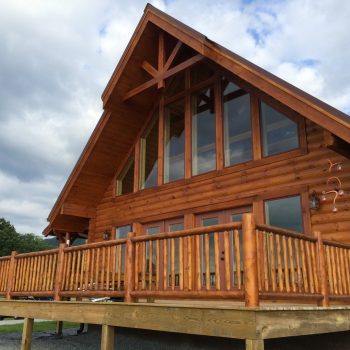
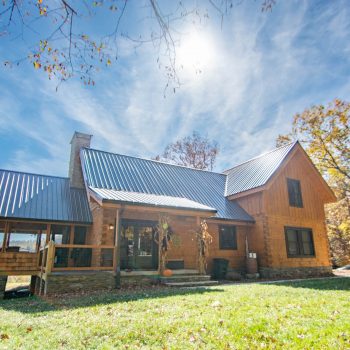
0 Comments